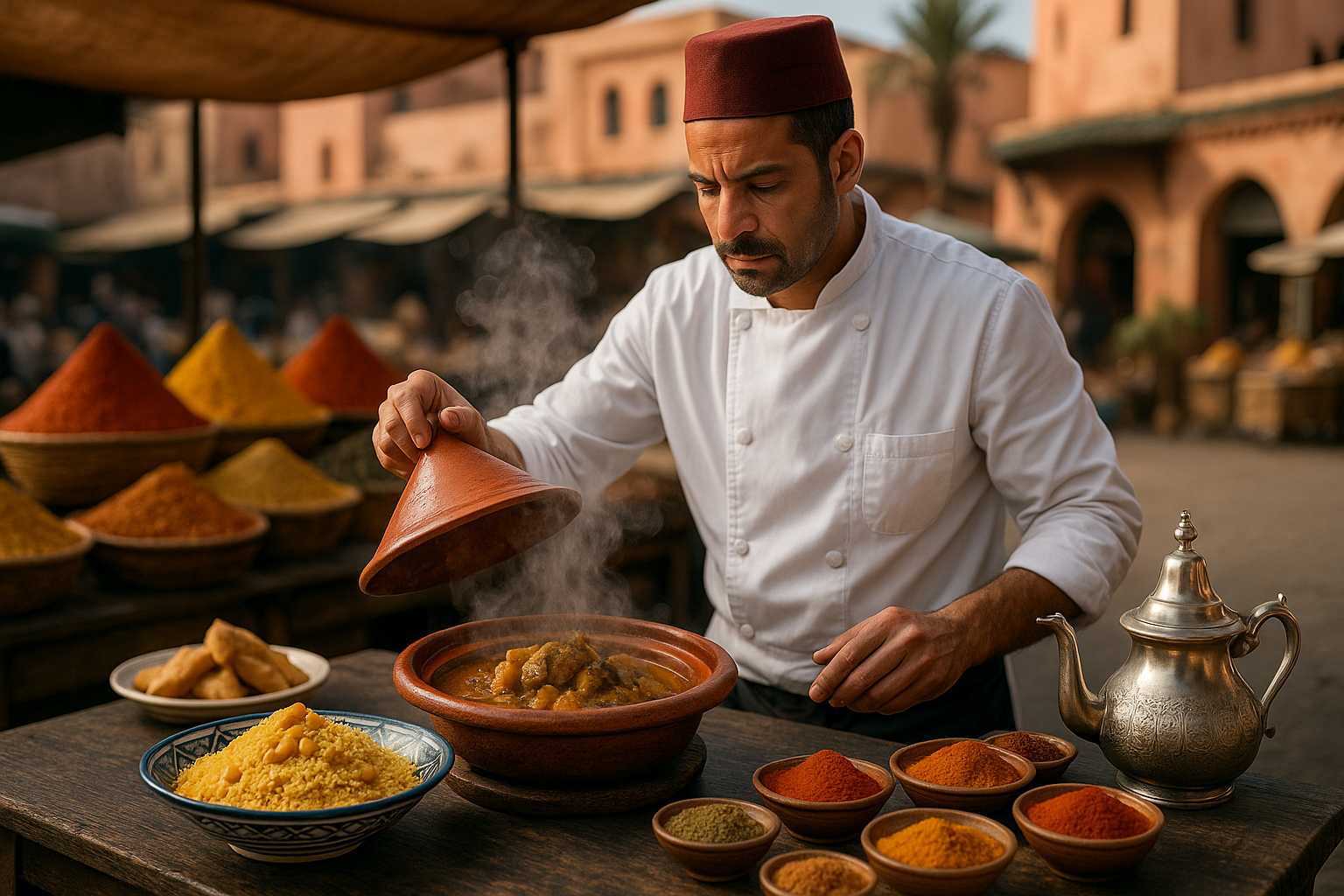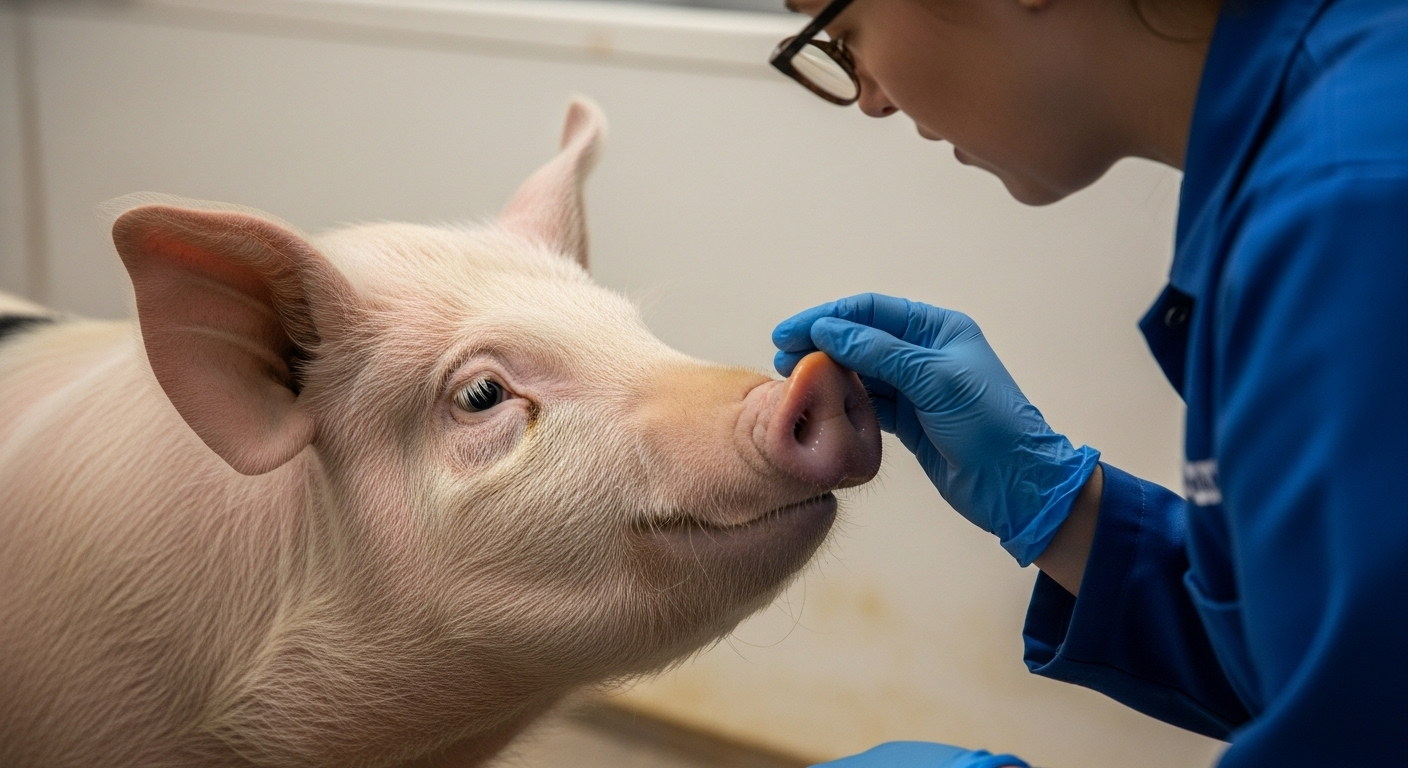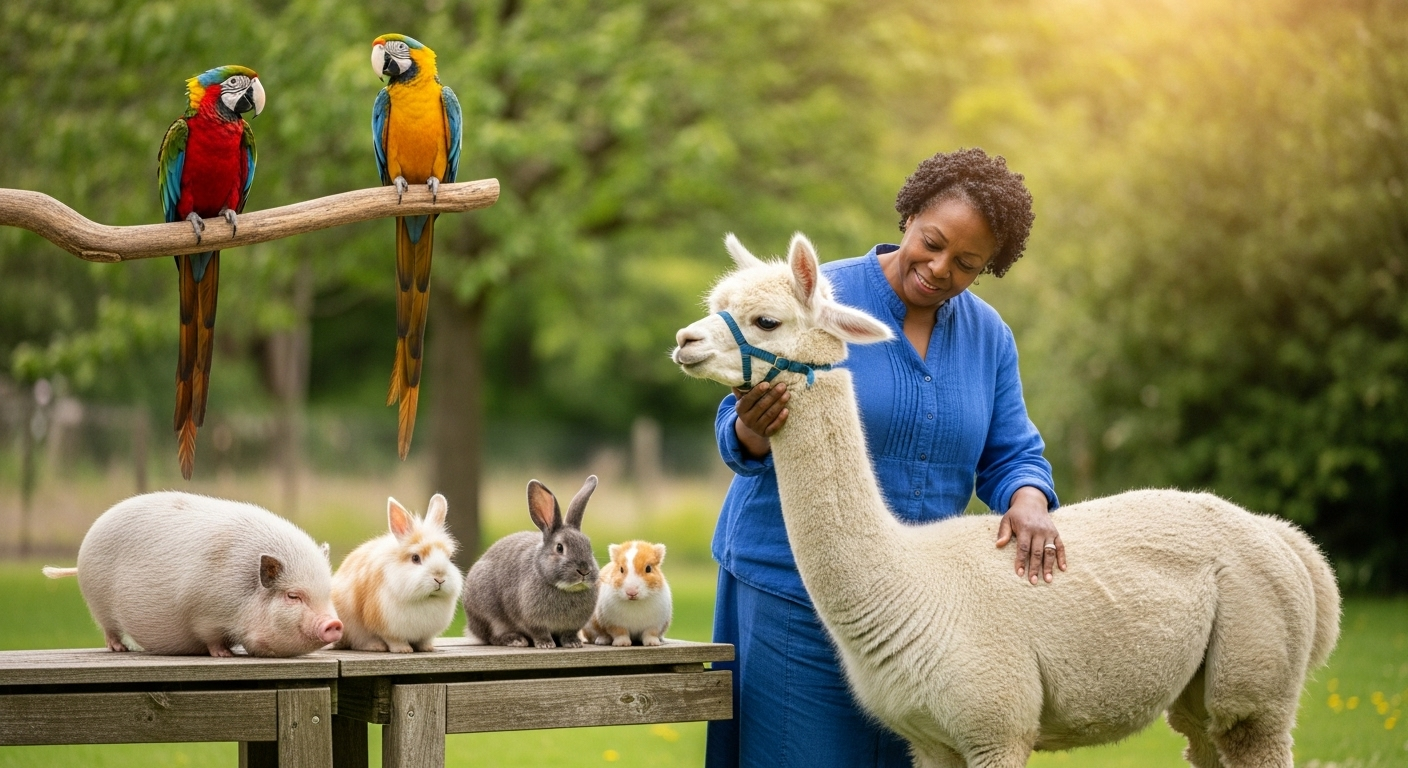Savory Journey through Moroccan Cuisine: An Unexplored Culinary Paradise
Moroccan cuisine, a delightful fusion of Berber, Arab, Andalusian, and Mediterranean cuisines, is a tantalizing gastronomic journey waiting to be discovered. This article explores the rich diversity of Moroccan dishes, from the bustling souks of Marrakech to the serene desert dunes of the Sahara.

A Taste of History
Morocco’s culinary history is a vibrant tapestry of influences. Arab invaders brought spices like cinnamon and saffron, while Jewish immigrants introduced preserving techniques. More recently, French and Spanish colonization left a distinct imprint on Moroccan dishes. The result? A cuisine that’s a delightful blend of tastes, creating a unique sensorial experience.
The Pillars of Moroccan Cuisine
Central to Moroccan gastronomy are three key elements: couscous, tajine, and Moroccan spices. Couscous, a staple food, is often served with meat and vegetable stew. Tajine, named after the conical clay pot it’s cooked in, is a slow-cooked savory stew. The use of spices like cumin, coriander, saffron, and turmeric gives Moroccan dishes their distinct flavor.
The Moroccan Tea Ritual
Tea is the lifeblood of Moroccan culture. Moroccan mint tea, a blend of green tea, spearmint leaves, and a generous amount of sugar, is not just a refreshing beverage, but a sign of hospitality. The tea is served throughout the day, especially after meals, and marks important social occasions.
The Moroccan Street Food Scene
Street food in Morocco is an integral part of the culture. From steaming bowls of Harira, a hearty lentil and tomato soup, to Msemen, a flaky, buttery flatbread, the streets of Morocco are a food lover’s paradise. The food stalls in Jemaa el-Fna, the bustling square in Marrakeck, are a must-visit.
Modern Moroccan Cuisine
Today, Moroccan cuisine is evolving, with chefs incorporating modern techniques and presentation styles. However, the essence of Moroccan cuisine – the heavy use of spices, the slow-cooking methods, and the emphasis on communal eating – remains intact.
-
Did you know? The traditional Moroccan way of eating is with the right hand.
-
Tip: To experience the true essence of Moroccan cuisine, try a home-cooked meal.
-
Culinary Fact: B’stilla, a traditional Moroccan pie made of layers of thin pastry and a filling of pigeon meat, almonds, and eggs, is often served at weddings and special occasions.
As we conclude our culinary journey through Moroccan cuisine, it’s clear that the country’s gastronomy is as diverse and vibrant as its culture. Moroccan cuisine, with its layered flavors, distinct ingredients, and historic influences, is a testament to the country’s rich cultural heritage. So, the next time you’re looking for a unique culinary adventure, let the flavors of Morocco tantalize your taste buds.




